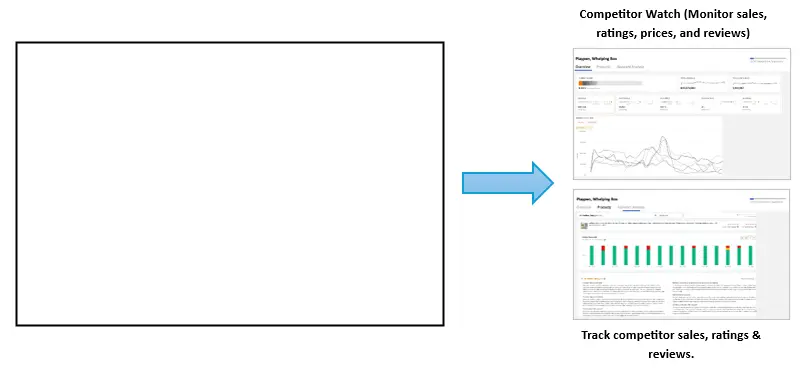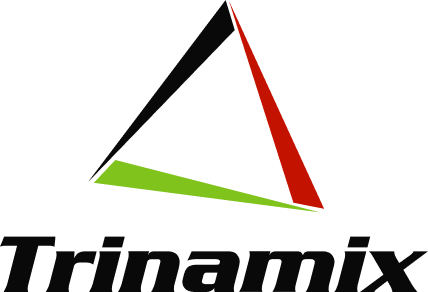Challenges
A global consumer electronics brand, recognized for its innovative gaming peripherals, sought to enhance its promotional strategy through a data-driven, AI-enabled approach. Despite running numerous campaigns across direct-to-consumer, retail, and e-commerce channels, the organization lacked an automated mechanism to evaluate the effectiveness of its promotions and incorporate those insights into its demand forecasting processes.
Promotions were manually planned, with limited traceability of actual impact on sales. There was no automated linkage between marketing promotions and demand plans, resulting in forecasting inaccuracies. Historical lift data was inconsistent, and mapping promotional tags to SKUs across channels required extensive manual intervention. The lack of visibility into promotion ROI, discount thresholds, and channel effectiveness made campaign planning reactive and inefficient.
The company needed a scalable solution that could process historical and in-flight promotions, quantify lift by discount and promotion type, and enable seamless integration of insights into Oracle Demand Planning—all while reducing cost, time, and dependency on manual processes.
About the company
- Industry: Consumer electronics (gaming peripherals).
- Employees: Over 1,300.
- Market presence: Global, with multi-channel distribution across North America, Europe, and Asia.
- Product lines: Gaming headsets, keyboards, mice, streaming gear, and custom PCs.
- Transformation focus: Enhance demand planning and promotional efficiency with AI-driven insights.
Approach
Trinamix deployed Price Sense, a proprietary solution built to deliver intelligent pricing insights, promotional lift analytics, and real-time optimization recommendations. The initiative was structured as a six-week Proof of Concept (POC), targeting key product categories across gaming accessories.
The solution began with onboarding planned and actual promotion data, point-of-sale (POS) bookings, and SKU master records. Trinamix’s AI/ML models ingested and analyzed promotional activities, mapped promo tags to corresponding SKUs, and calculated lift by discount and channel.
Scenario simulation capabilities were introduced, allowing planners to evaluate multiple scheduling scenarios and make informed trade-offs between on-time delivery, changeover costs, and equipment utilization. Additionally, the solution enabled real-time schedule adjustments to respond quickly to disruptions like machine breakdowns or urgent customer orders. Throughout the engagement, Trinamix provided KPI-driven reporting dashboards, equipping planners with clear visibility into schedule performance, resource utilization, and production efficiency.
Key features included:
- Tag-to-SKU mapping: AI-driven mapping logic achieved over 95% accuracy in aligning promotional tags with the correct product SKUs across retail, e-commerce, and direct channels.
- Promotion lift analytics: Machine learning models calculated lift by discount percentage, promotion type, and channel, using historical data to estimate baseline demand.
- Scenario planning: "What-if" simulations assessed promotion effectiveness under varying discount thresholds and budget constraints.
- Forecast integration: Lift metrics were manually injected into Oracle Demand Planning Cloud, enabling the forecast to reflect actual promotional impact.
- New SKU detection: The system flagged new or updated SKUs, enabling business users to prioritize mapping and model updates for active and upcoming promotions.
- Dynamic reports: Actionable reports were delivered to business users, covering ROI, effectiveness by channel, and uplift analysis.
The agile delivery model ensured iterative validation and stakeholder feedback throughout the engagement.
Project objectives
- AI-driven promotion intelligence: Automate measurement of promotion lift across multiple product categories using machine learning.
- Forecast accuracy enhancement: Improve demand forecast reliability by integrating promotion-adjusted data into Oracle Demand Planning.
- Accurate promo-to-SKU mapping: Achieve over 95% accuracy in linking promotional activities to appropriate product SKUs across channels.
- Real-time performance visibility: Provide business users with actionable reports on SKU-level promotion performance, ROI, and discount effectiveness.
- Smart spend optimization: Enable scenario modeling to identify optimal discount levels and improve ROI within budget constraints.
Project highlights
- 6-week POC successfully executed: Across three major product categories.
- 92%+ accuracy in mapping promotional tags to SKUs: Achieved consistently across campaigns.
- >15% improvement in forecast accuracy: With promotion-adjusted inputs.
- Dynamic reports delivered: On lift by channel, discount %, and ROI.
- Auto-detection of new/changing SKUs: Integrated into planning workflows.
- Promotion ROI visibility: Enabled data-driven spend planning.
- Forecast impact simulated: Via Oracle Demand Planning Cloud sandbox.
- Actionable insights drove decisions: On optimal discount levels.
Results
- 92% field accuracy in promotional tag-to-SKU mapping: Achieved consistently across campaigns.
- 15%+ forecast error reduction: Across selected product lines.
- 10x faster turnaround in promotion effectiveness reporting: Enabled quicker decision-making.
- >$50K saved compared to manual planning effort: For ~2,000 SKUs.
- Increased ROI through optimized discount scenarios: And improved planning.
- New SKU logic flagged changes dynamically: For streamlined modeling.
- Seamless outputs formatted for Oracle Demand Planning Cloud integration: Ensuring smooth data flow.
- Reduced dependency on manual SKU tracking and data preparation: Increasing operational efficiency.
Solution architecture

How Trinamix Price SenseAI works
Trinamix Price SenseAI is a smart tool that helps businesses understand how pricing and promotions impact sales—and make better decisions because of it. Here’s how it works in simple terms:
Step 1: Reads promotional data from multiple channels
The system pulls in data from various sources—marketing systems, POS, and SKU master files. Whether it’s a direct-to-consumer flash sale or a retail promotion, the platform recognizes the promotion tags and ties them back to products.
- Example: If a 20% off campaign ran on gaming keyboards via an e-commerce channel, Trinamix Price SenseAI reads the promo tag and identifies the exact SKUs affected.
Step 2: Maps promo tags to product SKUs
No two promotions are formatted the same. Some are grouped, some tagged vaguely. Trinamix Price SenseAI uses AI-based logic to match these tags to actual product SKUs with over 95% accuracy.
- Example: If a promotion simply says, “Streamer Bundle,” the system maps it to the underlying headset + camera SKUs being sold in that bundle.
Step 3: Measures lift by discount, channel, and type
The system calculates how much each promotion lifted sales—adjusting for baseline demand and comparing to similar non-promoted periods.
- Example: A 15% discount on wireless mice lifted sales by 28% on e-commerce, but only 10% in physical retail—this gets captured and reported.
Step 4: Integrates insights into Oracle Demand Planning
Lift metrics are structured and fed into the demand planning sandbox, so forecasts are adjusted based on real-world promotion impact.
- Example: The system injects expected lift for a similar promotion scheduled next quarter, improving forecast accuracy proactively.
Step 5: Runs “what-if” scenarios
Users can simulate different discount levels, promotion types, and budgets to find optimal plans.
- Example: What if we offer 10% instead of 20%? What’s the likely lift and ROI? The system simulates this using trained ML models.
Step 6: Flags new or changed SKUs
If a SKU is updated or newly launched, Trinamix Price SenseAI flags it for review and allows business users to prioritize promotion mapping.
Proven results – step-by-step progress with tangible outcomes

10% – Executive briefing
Aligned goals for promotion optimization and AI integration

20% – Data assessment
Workshops to assess historical promotions, SKU master, and bookings

30% – AI trial
Initial lift modelling for key SKUs and channel validation

50% – Forecast injection
Manual integration with Oracle Demand Planning Cloud for validation







